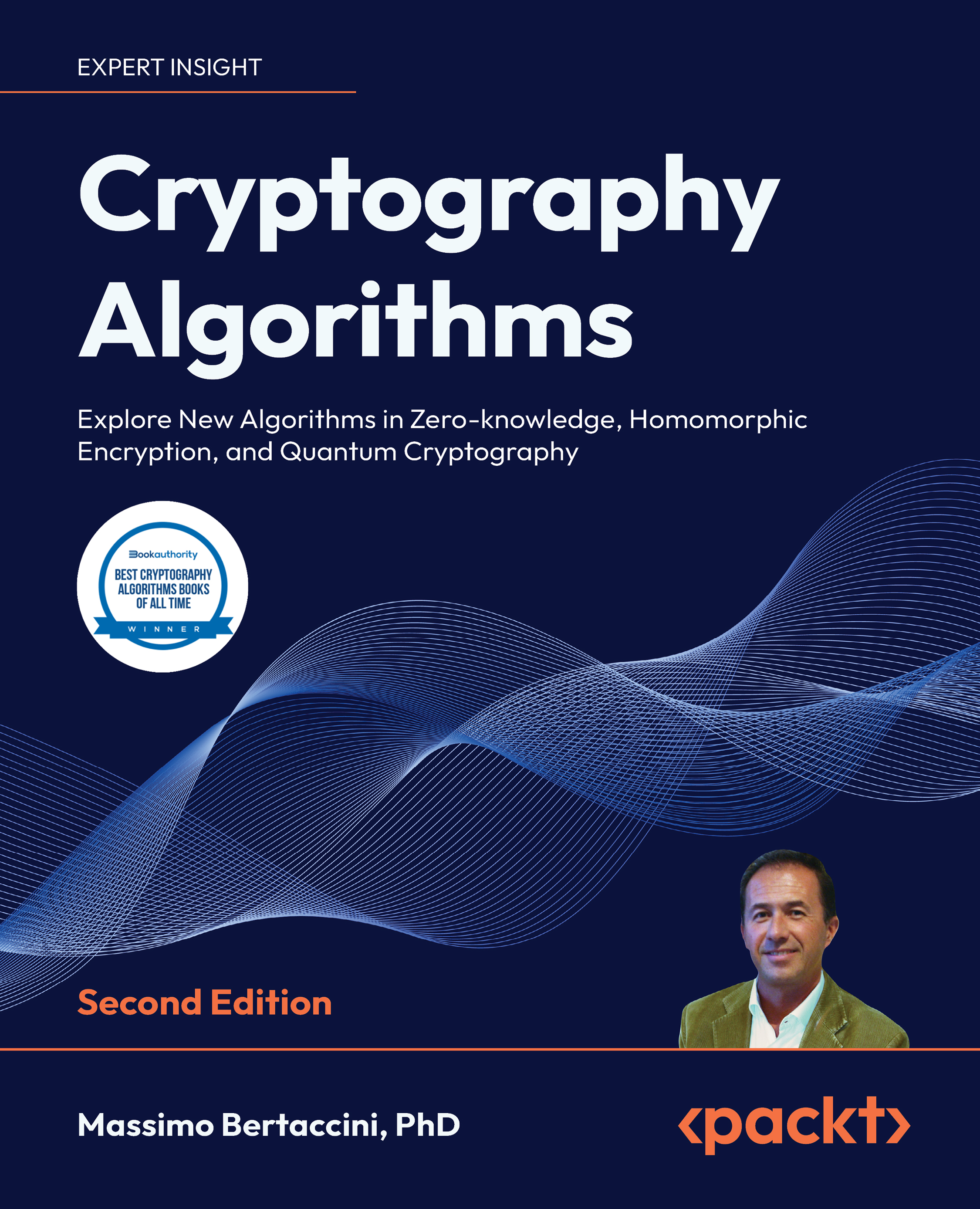QKD: BB84
Let’s introduce BB84, the acronym that Charles Bennett and Gilles Brassard developed in 1984, valid for QKD. Now that we have learned about the properties of Q-Mechanics, we can use them to describe a technique for distributing bits (or better, qubits) through a quantum channel.
Before we go deeper, let’s recap what a qubit is. We have to refer to the “quantum unit information” that’s carried by qubits. Like traditional bits, (0) and (1), qubits are mathematical entities subject to calculation and operations.
We will use a bi-dimensional vectorial complex space of unitary length to define a qubit. In simpler words, we can say that a qubit is a unitary vector, which is acting inside of a two-dimensional space. So far, we can think of a qubit as a polarized photon, similar to the entanglement experiment we looked at in the previous section. I have already introduced the notation to represent the qubits inside “bra-ket”...
































































